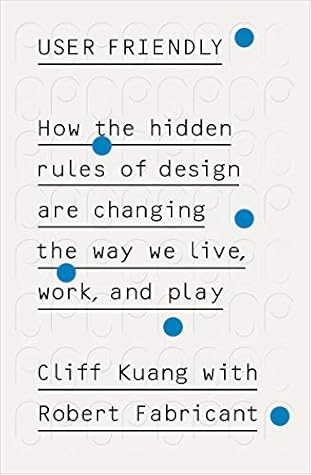More on this book
Community
Kindle Notes & Highlights
by
Cliff Kuang
Read between
March 15 - April 4, 2024
Crowder is one of the first people in the annals of history to use the term “user friendly” to refer to a computer.
Crowder was working on these sorts of operational problems for IBM’s clients in the 1960s. To create a computer program, he had to use a machine to punch intricate holes in cards the size of an airplane boarding pass. When he was done, he couldn’t just walk up to the computer himself. The computer was a $5 million machine—about $35 million in today’s money—patrolled by two security guards and a perky-eared German shepherd. Crowder would spend all day programming and then take his stack of cards to the computer attendant behind a window, who fed the cards into the machine. The computer would
...more
In the olden days, before 1984, not very many people used computers—for a very good reason. Not very many people knew how. And not very many people wanted to learn …
The only reason I’d ever thought to delve into the history of Three Mile Island was a hunch: that when you look hard enough at monumental machine disasters, you can usually find a design problem.
In fact, a misread signal at the worst possible time was responsible for the burning of Notre-Dame in 2019: A state-of-the-art fire system with inscrutable controls led to a bungled inspection while the blaze grew unchecked for thirty minutes.13 Disasters always mirror the way things should work. So what would Three Mile Island reveal about the ways in which humans and machines should interact?
What he discovered at Three Mile Island was notable in that it revealed just how little other people seemed to know about what he’d been working on. “The problem was that they spent so much time designing the technical parts, and none on understanding what it was like to work there, what was going on for people,” Norman recalled. “The control room was done last, almost an afterthought when there wasn’t time or money left.”
Those examples and others made Norman “realize that there wasn’t any understanding of technology combined with psychology. We were building technology for people, but the technologists didn’t understand people.”
That myopia was reflected in the culture at large—a fracture between academics like him, who’d been studying how humans used the machines around them, and the people who created those machines.
You have to know why people behave as they do—and design around their foibles and limitations, rather than some ideal.
The problems that caused Three Mile Island are similar to the ones that frustrate you when you’re trying to turn off the notifications on your smartphone; the inscrutability of a poorly designed light switch shares


